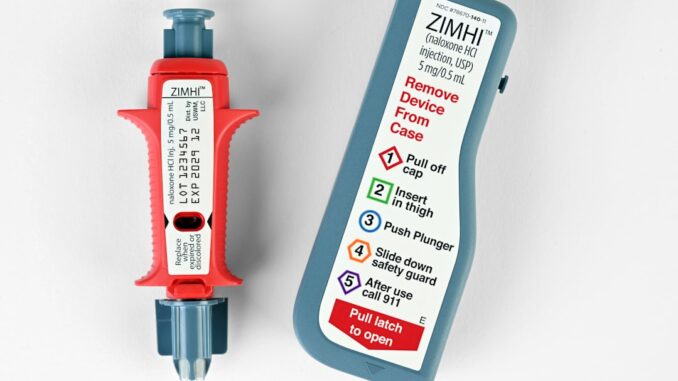
The Rising Tide of Youth Addiction
The opioid crisis has cast a long shadow over communities nationwide, with adolescents bearing a significant portion of the burden. Recent data reveals a 33% decline in synthetic opioid fatalities, notably from fentanyl, in the 12 months ending October 2024. (reuters.com) However, this progress is under threat as policy changes and funding cuts jeopardize essential recovery programs.
Escalating Costs and Limited Access
Adolescents seeking residential addiction treatment face daunting obstacles. A study by the National Institute on Drug Abuse found that only 54% of residential addiction treatment facilities had an immediate bed available for individuals under 18. (nida.nih.gov) For those on waitlists, the average wait time is 28 days. The financial burden is equally challenging; the average daily cost per treatment is $878, with some facilities requiring upfront payments exceeding $28,000. (opb.org)
The Impact of Policy Changes
Recent legislative actions have further strained recovery resources. The “Big Beautiful Bill,” signed into law by President Donald Trump, is projected to result in approximately 1,000 additional overdose deaths annually. (time.com) The bill’s cuts to Medicaid threaten to strip health insurance from 7.8 million people by 2034, undermining years of public health efforts credited with reducing overdose deaths by nearly 27% from 2023 to 2024. (time.com)
Innovative Community Responses
In response to these challenges, communities are developing innovative solutions. Hancock County, Ohio, has established a comprehensive system promoting treatment and recovery, supported by housing, needle exchanges, outreach workers, and community centers. (apnews.com) This approach exemplifies how to build recovery-oriented communities, offering a model for other regions grappling with similar issues.
The Need for Sustainable Funding
To effectively combat the opioid crisis, it’s imperative to invest in prevention and treatment programs. The Comprehensive Addiction and Recovery Act (CARA) of 2016 authorized over $181 million to respond to the epidemic of opioid use disorder, aiming to increase both prevention programs and the availability of treatment programs. (en.wikipedia.org) However, funding for these initiatives must be sustained and expanded to meet the growing demand for services.
Conclusion
The escalating costs and stagnant funding for youth addiction recovery programs present a formidable challenge in the fight against the opioid crisis. Addressing these issues requires a multifaceted approach, including policy reforms, increased investment in treatment services, and community-driven initiatives. Only through collective effort can we hope to provide the necessary support for adolescents battling addiction.
References
-
“Trump’s ‘Big Beautiful Bill’ Could Lead to 1,000 More Overdose Deaths A Year, Researchers Warn.” Time, 2 days ago. (time.com)
-
“U.S. fentanyl deaths have been plunging. Enter Trump.” Reuters, 3 months ago. (reuters.com)
-
“Residential addiction treatment for adolescents is scarce and expensive.” National Institute on Drug Abuse, January 8, 2024. (nida.nih.gov)
-
“Families hit with high costs, waitlists for youth rehab in Oregon and nationwide.” OPB, January 8, 2024. (opb.org)
-
“As billions roll in to fight the US opioid epidemic, one county shows how recovery can work.” AP News, 1.7 years ago. (apnews.com)
-
“Comprehensive Addiction and Recovery Act.” Wikipedia. (en.wikipedia.org)


Be the first to comment